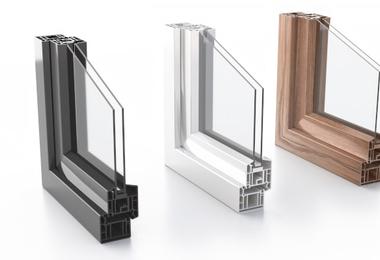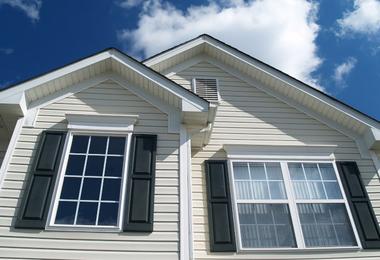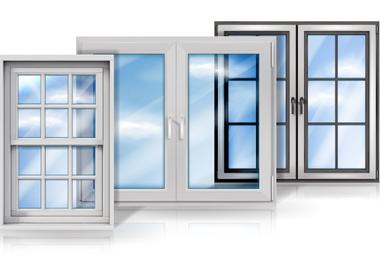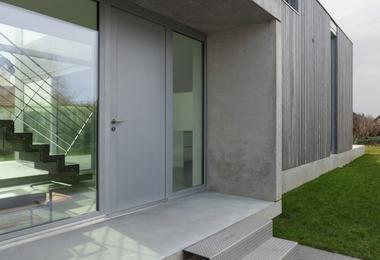Product Comparisons

Comparing Window Frame Materials: Aluminum, Vinyl, and Wood
When deciding on new or replacement windows, homeowners often face a crucial question: What material is best for my window frames? The answer lies in understanding how aluminum, vinyl, and wood differ in performance, maintenance, aesthetics, and value.

A Homeowner's Guide to Vinyl Windows in Ontario: Benefits and Considerations
Cold winters in Canada are accompanied by icy winds, freezing rain, and sub-zero temperatures, making energy-efficient design essential. Vinyl windows have become a top choice for Canadian homeowners, offering reliable insulation, durability, and low maintenance. Let’s explore why they stand out.

Vinyl Windows vs Fibreglass Windows: A Comprehensive Comparison
Are vinyl windows truly a greener and more cost-effective choice for your home than fibreglass windows? This question challenges the common belief that fibreglass windows are the more eco-friendly and economical option. Dive into this article to uncover the answer, and to re-evaluate your assumptions about these two popular window materials.

Fibreglass vs Steel Doors: Which One is Right for You?
When choosing an exterior door, homeowners often weigh options between fibreglass and steel, two popular materials with distinct properties. Each has its strengths depending on design preferences, location, and intended use.

Home Depot or Lowe's Windows vs. Replacement Windows from a Window Company
When it comes to replacing the windows in your home, you have a few options to consider: purchasing windows from big-box stores like Home Depot or Lowe's, or going with a professional window company. Both routes have their advantages and disadvantages.

Comparing Window Hardware: Chinese vs North American Quality
At first glance, window hardware from China and North America may look alike — they often operate similarly and fit comparable window systems. However, there are significant differences beneath the surface in design approach, materials used, and certification standards.
- Maritimes 6
- Product Comparisons 25
- Buying Guides 23
- Doors Types 29
- Energy Efficiency and Sustainability 38
- Home Improvement 24
- Installation and Replacement Tips 22
- Local Guides 41
- Maintenance and Repairs 30
- Manufacturers Reviews 7
- Pricing and Financing 14
- Room-Specific Windows 14
- Safety and Security 9
- Seasonal Tips 6
- Window Styles 12
- Window Types 40
- Past Projects



